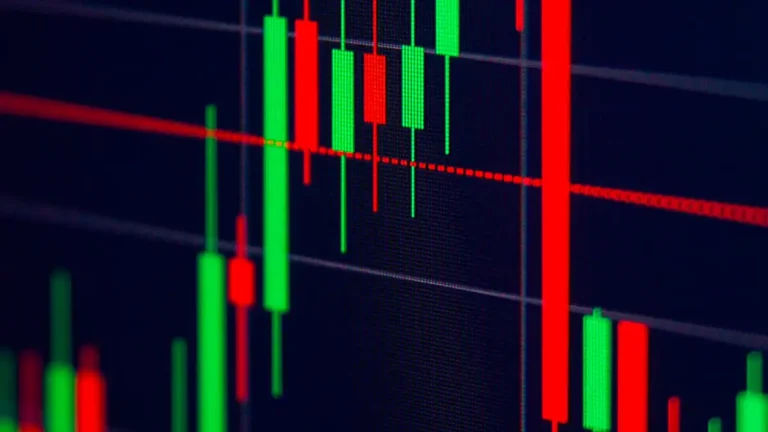Trading Indicators
What are Trading Indicators?
Trading indicators are tools used by investors to analyze and predict financial market behavior. These indicators are based on mathematical and statistical formulas that help identify patterns and trends in asset prices. They are put into practice by large investors such as “Jack Kellogg”, who generated more than 8 million dollars using 4 indicators as a guide to buy and sell.
Indicators in trading are generally used by “traditional traders”, also called “technical traders”. They are generated through arithmetic averages of past data, so they are a great indication of the market’s past, which can be interesting since it is cyclical, however you should trade based on your own criteria. Indicators have some advantages and disadvantages.
Advantages
One of the main advantages of using indicators in trading is that they provide objective and quantifiable information about the market. These indicators can help investors make more informed decisions and minimize the risks associated with investing.
Another positive factor is that the indicators are easy to interpret and relatively simple to learn. On the other hand, it will help us to define whether the market is oversold or overbought.
Disadvantages
However, despite the advantages of using trading indicators, there are also some disadvantages that investors should be aware of. Trading indicators can generate false signals, which can lead to wrong decisions and financial losses.
In addition, some indicators may lag in detecting changes in the market. This is because indicators are based on historical data and cannot predict future events. Therefore, it is important to use indicators as a complementary tool and not as the sole basis for making investment decisions.
Indicator Types
EMA
The EMA (Exponential Moving Average) is one of the most common indicators. Its function is to calculate the average of an asset’s prices over a specific period of time. This indicator helps to smooth out the daily fluctuations of the market and provides a clearer picture of the overall price trend. The most commonly used configuration by traders are the 5, 10, 12, 20, 26, 26, 50, 100 and 200 period EMAs.
RSI
The RSI (Relative Strength Index) is the relative strength index, which measures the speed and change of price movements. The RSI is used to identify overbought and oversold conditions in the market, which can indicate potential reversal points. It is also used for finding divergences, for example, relative strength is found at 72 creating an uptrend on the RSI chart, while it is in a downtrend on the overall chart. This is often referred to as a “divergence” and is a complementary confirmation when making a trade.
MACD
The MACD (Moving Average Convergence Divergence) is an indicator used in the stock market to observe changes in price momentum. It is used as an additional analysis tool to identify trading opportunities. It is most commonly used and recommended to use the intraday MACD with the default settings (12, 26 and 9). Many intraday traders use the 24, 52 and 9 settings. Its use is very simple, when the MACD crosses the 0 line, it provides buy or sell signals, in this case it is useful as a convergence indicator. When the MACD crosses the 0 line upwards, it is a buy signal, if it crosses the 0 line downwards, it is a sell signal.

In short, trading should be based on knowledge of the market, a tested strategy, good psychology and good risk management. Therefore we leave you our YouTube channel to learn about trading.
Share this article:







